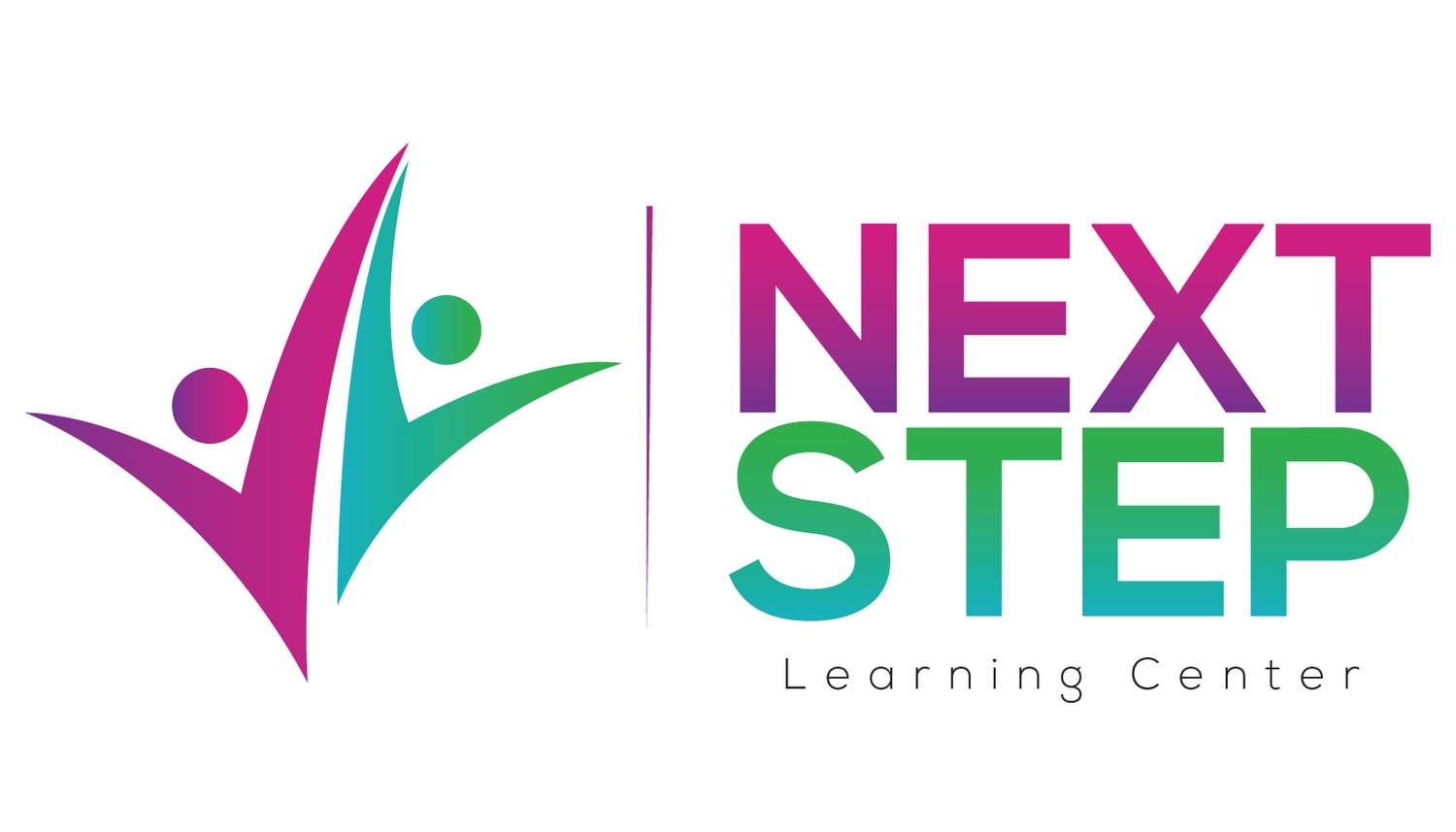Visualizing and Verbalizing©
The Visualizing and Verbalizing© (V/V©) program develops concept imagery—the ability to form unified and dynamic mental pictures from oral and written language. Developing concept imagery enables the student not only to recall facts, but to connect ideas and synthesize hypotheses to tackle more complex questions and formulate arguments. This strengthens the student’s oral and written communication skills.
Problem: Some students read fluently and accurately but can't understand or recall what they've just read. Other students focus on bits and pieces of the story, missing the forest for the trees. As such, these students struggle to follow linear language, whether it be a story, written directions, or verbal directions. Sadly, these students are often labeled inattentive and distracted.
Source: One main reason for these comprehension issues stems from the student’s inability to create unified and dynamic mental imagery known as concept imagery. The degree of weakness varies from student to student, but a weak foundation limits each student’s ability to form a unified and in-depth understanding of language.
Indicators: Individuals of all ages may experience the symptoms of a weakness in concept imagery that can limit their abilities in:
Reading comprehension
Critical thinking and problem solving
Auditory comprehension
Following directions
Memory
Oral language expression
Clear, specific, organized writing
Understanding and participating in dynamic social situations
Understanding humor
Higher order thinking
Mental mapping
Solution: The Visualizing and Verbalizing© (V/V©) program strengthens the sensory cognitive functions required for written and oral language comprehension and expression.
